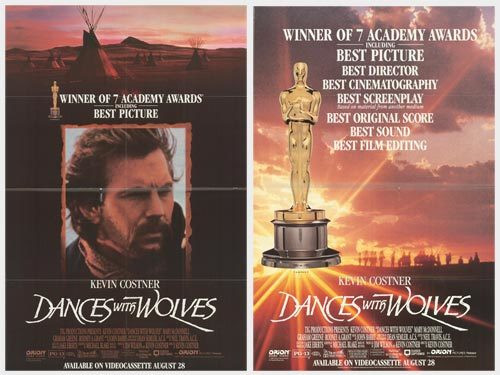 Dances With Wolves film poster.
Dances With Wolves film poster.
Having been captivated by the film adaptation of Dances With Wolves in the late 1990s, revisiting the source material, Michael Blake’s novel, proved to be an equally enriching experience. For those acquainted with Western literature, or newcomers like myself venturing beyond childhood classics, this novel stands as a powerful exploration of cultural encounter and personal transformation set against the backdrop of the American Civil War era Frontier.
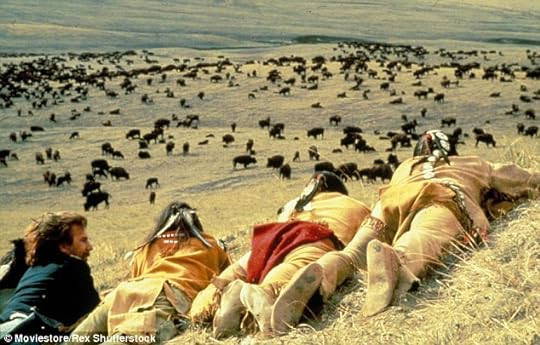 Much of Dances with Wolves, which won seven Academy Awards, was filmed in central and western South Dakota.
Much of Dances with Wolves, which won seven Academy Awards, was filmed in central and western South Dakota.
A Journey into the Frontier: Setting the Scene in 1863
The narrative of Dances With Wolves commences in 1863, amidst the turmoil of the American Civil War. Lieutenant John Dunbar, our protagonist, driven by a yearning to witness the unspoiled beauty of the Western Frontier before the encroaching tide of civilization alters it irrevocably, requests a posting to this remote region. This era and setting are crucial, immersing the reader in a landscape inhabited by diverse Native American tribes. These tribes, including the Lakota, Comanche, Pawnee, and Apache, each possessed unique cultures and ways of life. They lived in tepees, skillfully rode horses without saddles, and sustained themselves through buffalo and deer hunting, as well as fishing. Their attire, often moccasins crafted from animal hides, and their social structures, led by chiefs and medicine men, are vividly depicted, painting a detailed picture of pre-reservation Native American life on the Great Plains. The novel subtly introduces the contrast between peaceful tribes and those known for warfare, foreshadowing the complex interactions Dunbar will encounter.
 Michael Blake (left) and Kevin Costner: This is how true friendship looks like.
Michael Blake (left) and Kevin Costner: This is how true friendship looks like.
Michael Blake: From Struggling Writer to Literary Acclaim
Understanding the author, Michael Blake, adds another layer of appreciation to Dances With Wolves. As highlighted in a Reader’s Digest Condensed Books edition, Blake’s profound connection to this historical period is evident. He expressed feeling born too late, lamenting the lost pristine world of 1863. This sentiment fueled his desire to “live” that era through writing, leading to the creation of John Dunbar. Blake’s personal journey mirrors the perseverance found in his narrative. Struggling as a screenwriter in Los Angeles for years, he faced hardship, even living in his car. A turning point arrived when his friend, Kevin Costner, recognized the power of Blake’s Dances With Wolves manuscript. Costner’s enthusiasm led to the Oscar-winning film adaptation, catapulting both the book and Blake into the limelight. This success story underscores the novel’s resonance and Blake’s eventual triumph as a writer.
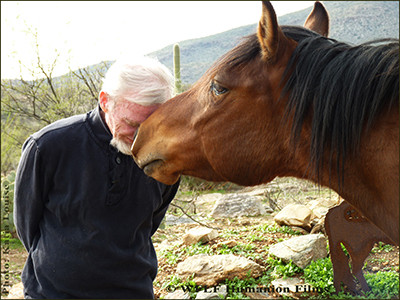 A horse called Little Boy shows a loving gesture to Michael Blake. Who says man and beast can't be the best of friends!?
A horse called Little Boy shows a loving gesture to Michael Blake. Who says man and beast can't be the best of friends!?
Names and Cultural Identity: Dunbar and Stands With A Fist
The novel thoughtfully explores Native American naming conventions, where names often reflected an individual’s connection to nature or significant actions. The character “Stands With A Fist” exemplifies this, her name derived from her assertive nature. Similarly, Lieutenant Dunbar’s transformation into “Dances With Wolves” signifies his deepening integration into the Comanche community and his unique bond with a wolf, symbolizing his bridging of two worlds. This contrasts with stereotypical Western portrayals and invites readers to consider the significance of names in shaping identity and perception. The author also touches upon common misconceptions, referencing the film The Man Who Loved Cat Dancing to illustrate how titles and names can be misinterpreted without cultural context, highlighting the importance of understanding different cultural perspectives.
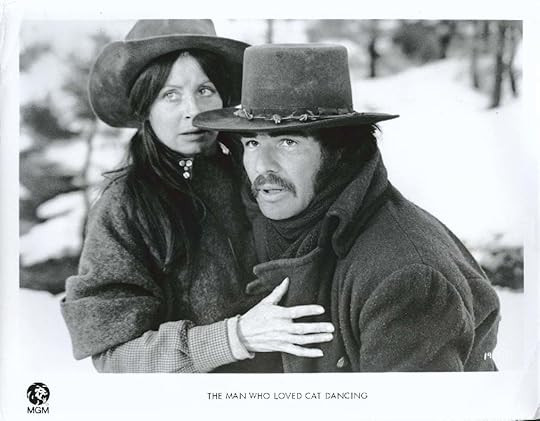 Cat Dancing (Sarah Miles) loved by her mustachioed macho Man (Burt Reynolds).
Cat Dancing (Sarah Miles) loved by her mustachioed macho Man (Burt Reynolds).
Cultural Practices: A Glimpse into a Comanche Wedding
Blake’s novel offers intimate glimpses into Comanche culture, such as the depiction of a wedding ceremony. The simple yet profound ritual where the bride and groom are joined as they enter their lodge doorway, followed by the community’s silent gifting, showcases the communal values and understated beauty of Comanche traditions. This scene contrasts sharply with Western wedding customs, emphasizing the cultural differences and offering a respectful portrayal of Native American social practices. The closed lodge flap symbolizes the couple’s privacy and the sacredness of their union within their community.
The Harsh Reality of Westward Expansion: Environmental Destruction
The novel doesn’t shy away from depicting the devastating impact of westward expansion on the environment and native wildlife. A particularly poignant passage describes Dunbar’s encounter with a scene of mass animal slaughter, a stark illustration of the white man’s disregard for nature. The graphic imagery of butchered animals, left to rot as mere target practice, serves as a powerful indictment of senseless violence and ecological destruction. This scene resonates with contemporary environmental concerns, highlighting the timeless relevance of the novel’s themes. The personal anecdote about the skunk odor, while seemingly tangential, underscores the sensory richness of the natural world being violated.
 Striped skunk sprays.
Striped skunk sprays.
Fear and Foreboding: The Inevitable Clash of Cultures
Dunbar’s growing understanding of the white man’s relentless expansion fuels his fear for the future of the Comanche people. His dialogue with Kicking Bird reveals his apprehension about the sheer number of white settlers and the destructive power of their weaponry. This excerpt captures the sense of impending doom and the tragic inevitability of cultural conflict and displacement. Dunbar’s internal conflict, torn between his own culture and his growing affinity for the Comanche, is palpable and emotionally resonant.
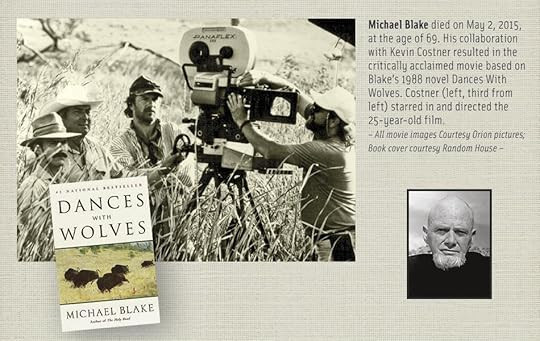 Pages from True West magazine pay tribute to Michael Blake.
Pages from True West magazine pay tribute to Michael Blake.
A Timeless Tale of Transformation and Cultural Understanding
Dances With Wolves remains a compelling and relevant novel for readers interested in exploring themes of cultural understanding, environmentalism, and personal transformation. Michael Blake’s work offers a nuanced and respectful portrayal of Native American life, challenging conventional Western narratives. It is a recommended read for those seeking a deeper understanding of American history, the complexities of cultural encounters, and the enduring power of human connection with nature. The novel encourages reflection on the past and its relevance to our present world.
